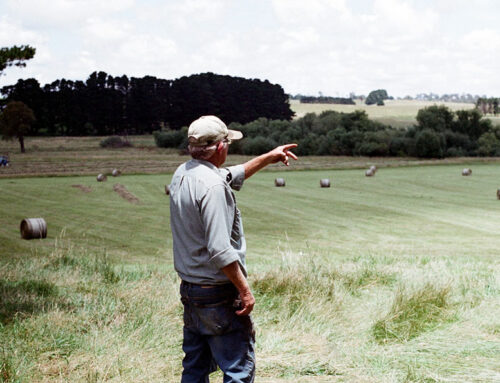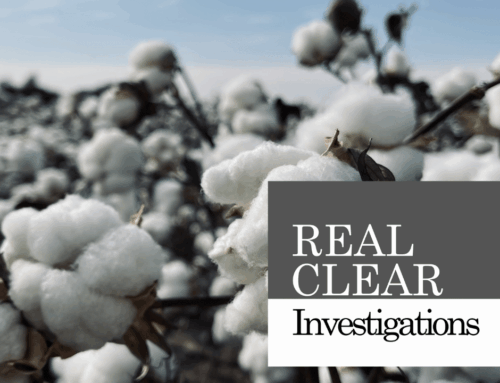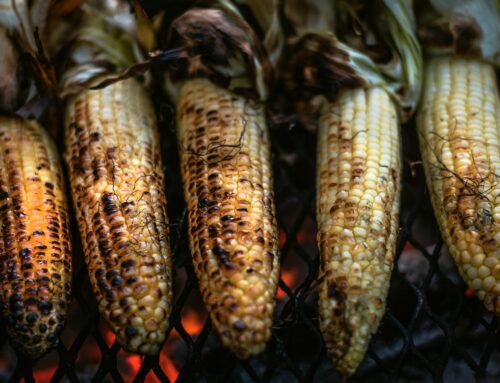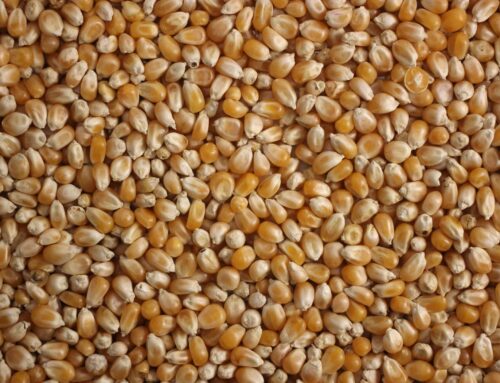Monday, Oct. 16 was World Food Day, so it seems an appropriate week to discuss the United States’ federal food policy and its impact on taxpayers, consumers and communities.
After all, throughout this year the House and Senate agriculture committees have each held a series of food bill hearings in preparation for reauthorizing the nearly trillion dollar suite of programs that are packaged together in legislation colloquially known as the federal food bill. Last adopted in 2014, this bill is the primary means by which the federal government shapes the various policies affecting food producers and consumers.
Except there is no food bill. There is, however, a nearly trillion dollar federal farm bill. While nearly 80 percent of the price tag for the 2014 version comes from the Supplemental Nutrition Assistance Program, or SNAP – which provides direct assistance to households classified as food insecure, nearly 100 percent of the political posturing and log rolling is focused on the approximately $20 billion in income subsidies the bill annually directs to farmers and ranchers.It’s this narrow focus that needs to change if we’re ever going to get a farm bill that truly benefits all Americans.
Despite its wholesome image and often outsized influence in Washington, agriculture in the United States actually constitutes a rather small percentage of the economy.
According to the United States Department of Agriculture, the economic output of farms and ranches makes up just 1 percent of our economy’s annual production. If you expand the scope to include industries directly related to agriculture or dependent on the products – bars and restaurants, some manufacturers, and forestry or fishing industries – the number jumps to 5.5 percent. All of us consume foods and goods produced by agricultural businesses.
Agricultural products are building blocks for everything from pharmaceuticals to industrial chemicals. We use corn-based ethanol as part of our transportation fuels – because of a mandate lobbied for by the corn industry. And farm bill income support programs dispersed more than $12 billion in federal tax dollars last year. This isn’t a small amount and it’s not a small impact.
But the truth about federal agriculture policy is that most of Washington’s attention, and the bulk of checks coming from the Treasury, are focused on a small swath of large farming and ranching businesses. Of the 2 million farms identified by the department of agriculture, fully 72 percent received exactly $0 in government payments in 2015. Of those receiving payments, just 15 percent of the largest farms captured almost 85 percent of the total payments.
Because the biggest subsidy programs tie support to specific crops, Congress’s nonpartisan research arm has found that since passage of the 2014 farm bill, six crops (corn, wheat,  soybeans, cotton, rice and peanuts) accumulated 94 percent of payments – all while only accounting for 28 percent of agricultural receipts. Growers of vegetables, tree nuts, fruits and most livestock receive nothing.
soybeans, cotton, rice and peanuts) accumulated 94 percent of payments – all while only accounting for 28 percent of agricultural receipts. Growers of vegetables, tree nuts, fruits and most livestock receive nothing.
There are a number of challenges a federal farm bill could help tackle. This year was the largest Gulf of Mexico dead-zone on record. That happens when so much nitrogen fills the water it is depleted of oxygen to the point nothing can survive.
Agriculture is the number-one cause of this pollution. The agricultural phosphorous runoff-induced Lake Erie algae bloom has reared its head once again. Land prices continue to be very high, placing a barrier before new and beginning farmers. And rural communities continue to lag the overall economy in performance. The agriculture committees, however, have spent the year focusing on how to extract more money for favored producers such as cotton and dairy.
Committee members and lobbyists are upset that the subsidy programs created for these two commodities are less costly than originally anticipated, despite the fact this is due in large part because both of these segments of agriculture are projected to experience double-digit increases in income from the market. And the committees are taking advantage of much greater than anticipated savings in conservation and nutrition programs in an attempt to deflect focus from other commodity subsidy programs that are vastly more expensive than originally promised.
More people bearing the costs and consequences of farm bill programs need a seat at the farm bill negotiating table. That’s why a couple of weeks ago we moderated a National Farm Bill Summit among nearly 25 groups whose interests and constituencies aren’t really represented by the agriculture committees.
It’s not often advocates as disparate as the National Taxpayers Union and the Organic Consumers Association or the Heritage Foundation and U.S. Public Interest Group set aside their significant differences and meet, let alone productively converse for a half day. But the farm bill is too important to let partisan or ideological differences get in the way of an open, honest conversation about the costs and benefits of current farm policy.
We didn’t solve every farm bill problem. But the organizations representing everyone from consumers, taxpayers or smaller unsubsidized farmers, have a shared understanding that the farm bill isn’t working. How we move forward and produce a farm bill that works for everyone is a conversation we need. And it’s a conversation we need to happen in Congress.










